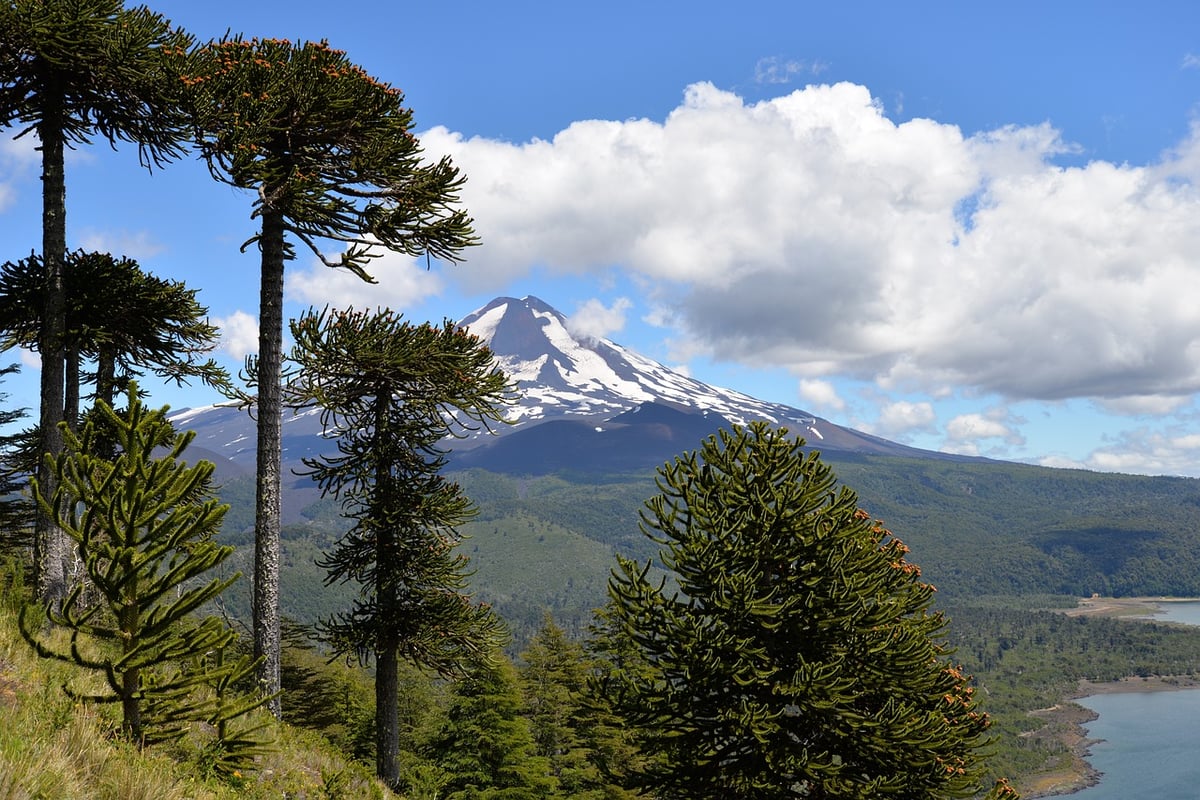The Tundra ecosystem is home to some of the earth's most fascinating landscapes - bleak but beautiful with a variety of unique and specialized species.

1. Types of vegetation
Vegetation within the typical tundra ecosystem consists of grasses, mosses and lichens. Much of the tundra is rocky, creating an ideal place for lichen and mosses to grow. Pockets of small plants and low-lying shrubs also grow here.

In tundra areas, the soil is permanently frozen, meaning that grasses, which require little soil for growth, can flourish in some areas. There is also a lack of competition from taller tree types. However, a small soil layer covers relatively warmer parts of the tundra; this means that limited numbers of boreal tree species – mainly spruce, fir, birch and aspen – can become established.
2. Home to some specialist species
Compared with other climatic zones on Earth, the diversity of animal species that make up a tundra ecosystem is rather low. Only 48 mammal species call the tundra their home, although thousands of birds and insects migrate to these cooler areas during the summer months. Notable animal species include caribou, Arctic foxes, Arctic hares, grey wolves, snowy owls and, in the extreme north, polar bears. Many species, such as the caribou, migrate to warmer climates during the winter; however, other species hibernate.
3. Harsh living conditions
Harsh climate conditions are experienced in tundra zones, which have subsequent effects on the tundra ecosystem. The average temperature often dips below -30°C during the middle of winter, with only 380 millimetres of precipitation a year, meaning that only a certain number of species well-adapted to extreme cold and fairly dry conditions can survive. Whereas many species hibernate or migrate from the area, lemmings remain active during the winter, living under the snow cover, which provides a layer of insulation. They feed on plant and grass roots, and can even reproduce during the winter months. Many of the typical tundra animals, such as musk oxen and polar bears, have long and thick coats of fur.
4. A short summer influences the ecosystem
The high latitude means that the tundra ecosystem experiences a rather short growing season, often lasting no longer than 10 weeks. During this limited time, grass and plant species grow and burst into flower – they are allowed to photosynthesise for up to 24 hours a day, as the Sun does not dip below the horizon during the summer months. Compared with warmer parts of the world, animals have a very short time to mate and raise their young, and to store layers of fat that are essential for survival during the long winter.




